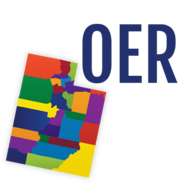3rd Grade History Unit Design: Native Americans of North America
(View Complete Item Description)This unit on American Indians: By studying the regions of the United States and the cultures that live in each region, students are able to compare/contrast within regions and across regions how tribes used their environments, and their cultural and other contributions to American life. Note that the emphasis here is on broader groups of tribes for each region with some instruction on specific tribes representing each region. In no way is this case study approach to learning about one tribe meant to be generalized to all tribes of that region. We understand that each tribe was and continues to be unique in its culture, practices, lifeways, and traditions.
Material Type: Unit of Study




















